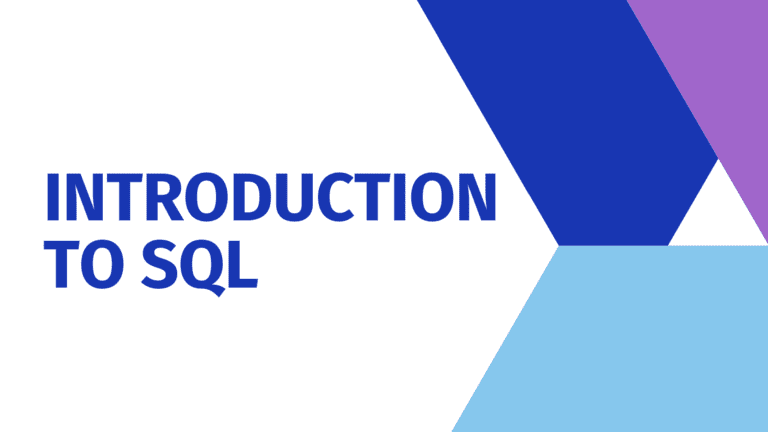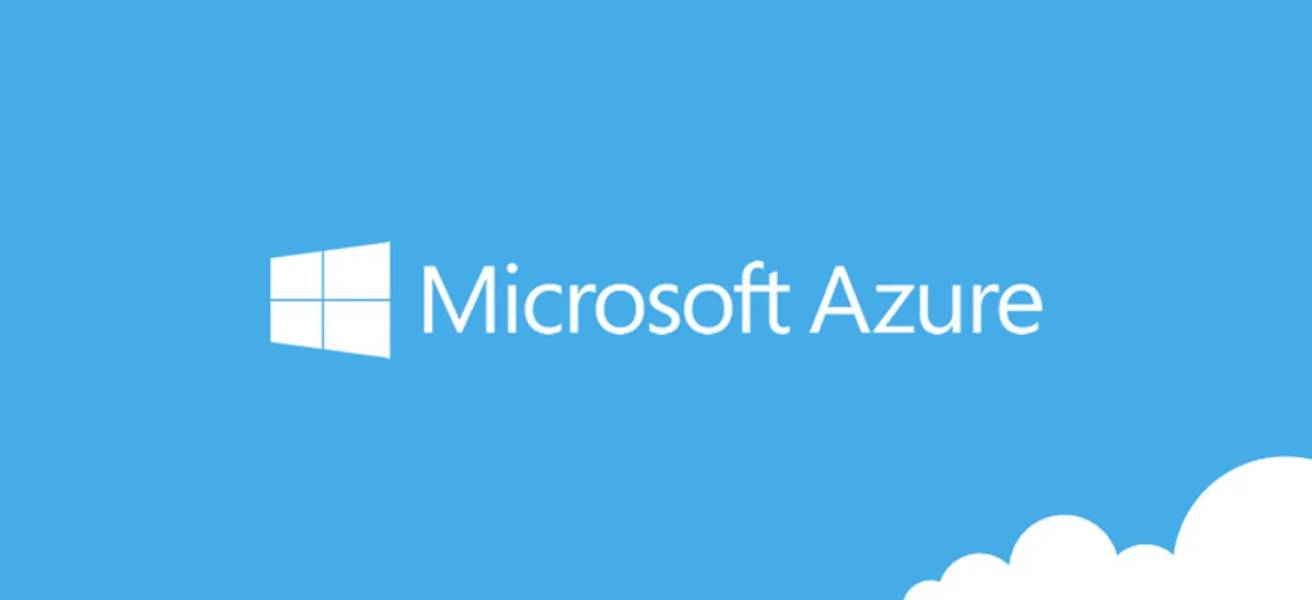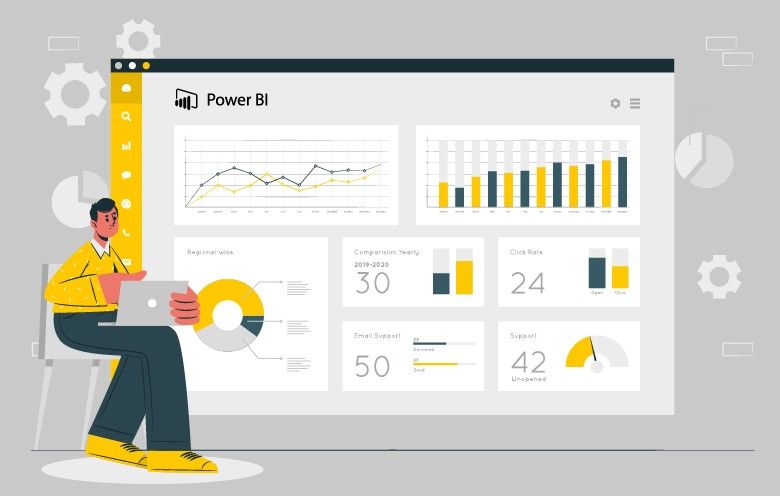SQL is known as Structured Query Language which is a computer language that use to retrieve, manipulate or manage the data in the relational database. SQL is used to perform actions on a database such as updating the record, deleting the record, and so on & so forth. In this series, we will be learning SQL for Data scientists as is the perfect way to start your journey as Data Analyst or Data Scientist who is coming from a non-technical background. After completing this series as you can easily write queries in other structured languages such as BigQuery, Postgres, etc as well.
SQL is a standard language for relational database systems. All the database systems such as MySQL, Postgres, Oracle, etc use SQL as their basic and standard database language whereas, the databases that are not relational (or do not use fixed structure tables to store data) do not use SQL, and are called NoSQL databases.
Why SQL?
As the data is increasing in millions, there are numerous issues in databases that need SQL as their savior. Below are some reasons for the same:
- A user can easily access the data present in the relational database systems.
- A user can easily manipulate the data in the database.
- It helps to describe the structured data.
- SQL also helps in creating the view, stored procedure, and functions in the relational database.
- SQL allows the users to grant or withdraw permissions on table columns, views, and stored procedures.
- The basic use of SQL complies insert, updating, and deleting the data from the relational database.
In this learning, we will provide articles for a quick start to SQL. It will cover most of the basic understanding of SQL.
Advantages of SQL –
SQL is a popular language in different fields of technology. It is an essential and useful language for users to access and communicate with databases. Below are some of the listed advantages of SQL –
- Using SQL queries, allows the users to effectively access and maintain large datasets in the database within less time.
- For using SQL, there is no need to have large codes as SQL has syntax for querying the database.
- The SQL language is highly standardized by ISO and ANSI and it is widely used around the world.
- SQL queries can be easily portable to other Structured languages
- The SQL language is very easy to learn and understand.
Now let’s look out for some important SQL commands –
- CREATE command – It helps in creating a new database table view or other objects of the database.
- UPDATE command – It helps the users in modifying or updating the stored data
- DELETE command – It removes the saved data from the table in the database. It removes one or multiple values from the table.
- SELECT command – It helps in accessing the rows from one or multiple tables of the database.
- DROP command – It deletes the entire table, view, and other objects from the database.
- INSERT command – It inserts the data into the database tables. It is easy to insert the records in single or multiple rows of the table.
Other SQL topics to check out:
- How to write SQL Select Statements
- How to write SQL Where Statement
- What is RDBMS (Relational Database Management System)?
Follow us on Twitter, Facebook, Linkedin, and Tableau Public to stay updated with our latest blog, Job Openings, Internships, and what’s new in Tableau.





